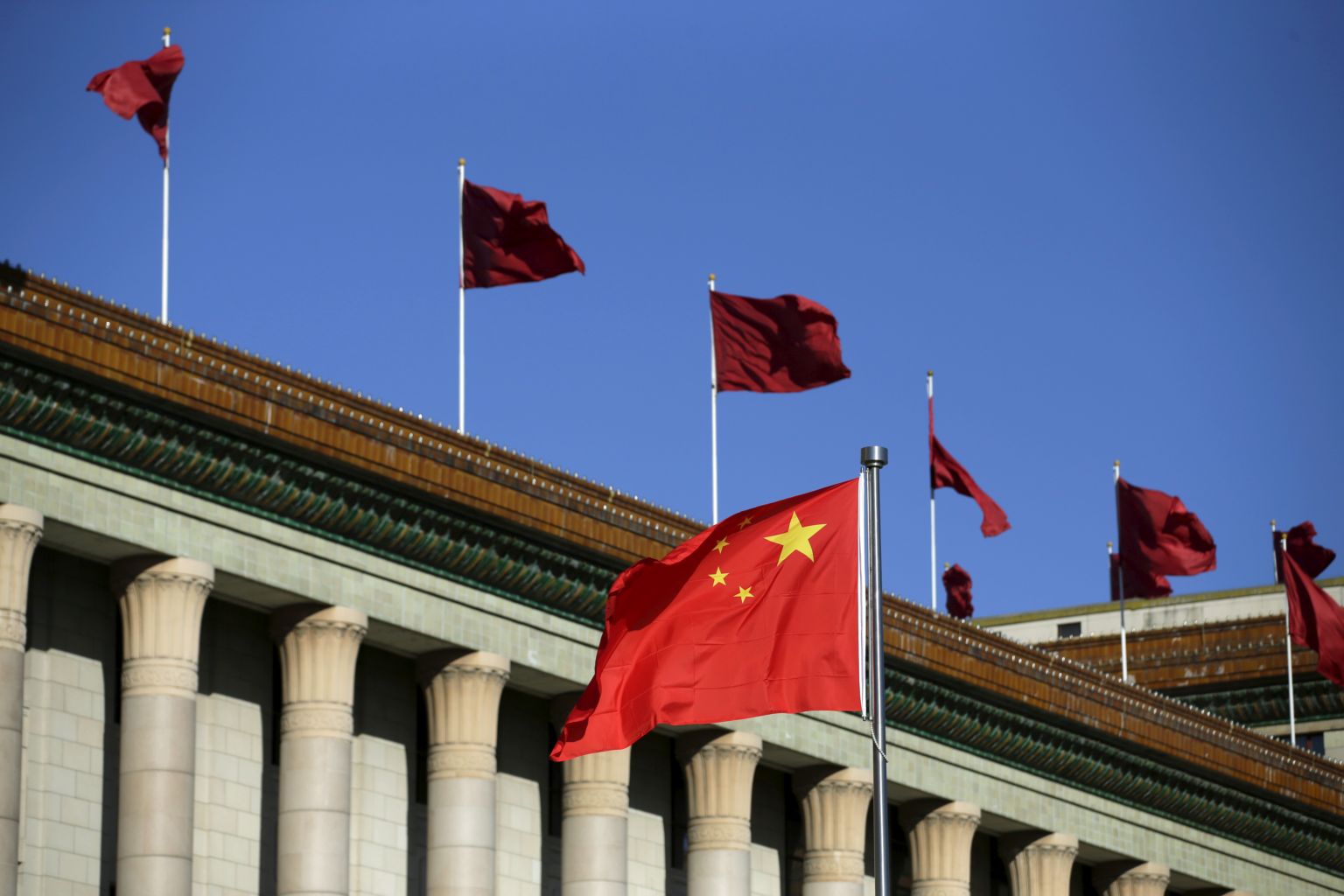China trims borrowing costs as economic outlook dims
Sign up now: Get ST's newsletters delivered to your inbox

The slight adjustment to the rate that banks pay to borrow from the central bank signals a continuation of the restrained stimulus policy that officials have adopted.
PHOTO: REUTERS
Follow topic:
HONG KONG (BLOOMBERG) - China lowered the cost it charges on short-term open-market operations for the first time since October 2015, a move aimed at shoring up confidence following a string of poor economic data.
The People's Bank of China cut the interest rate on its seven-day reverse repurchase agreements to 2.5 per cent from 2.55 per cent on Monday. The authorities also added 180 billion yuan (S$35 billion) of cash into the financial system via open market operations, helping to alleviate liquidity concerns.
The yield on 10-year government debt fell 4 basis points to 3.2 per cent, its lowest level in a month, while the Shanghai Composite Index reversed losses to gain 0.2 per cent. The yuan was 0.1 per cent weaker against the US dollar.
The slight adjustment to the rate that banks pay to borrow from the central bank signals a continuation of the restrained stimulus policy that officials have adopted, even amid growing evidence that economic growth will dip below 6 per cent next year. On Saturday, the PBOC's quarterly report warned on growth risks but also on rising inflation, highlighting the limited room that monetary policy has to respond.
"This is more about a 'psychological massage' and part of the effort to lower the yield curve. The real impact on the market is limited,"said Commerzbank AG's Zhou Hao. "The cut is reinforcing the stance to support the economy, but it is really difficult for the PBOC to adopt massive easing this year."
The cut broadens the scope of the PBOC's easing and signals an effort to reduce rates across the policy curve spanning overnight to one year. This suggest that rising consumer inflation isn't a "material constraint" on the central bank, and means a higher probability that the Loan Prime Rate will be lowered later this week, said Bloomberg Economics analyst David Qu.
Monday's move comes after the central bank unexpectedly injected US$29 billion (S$39.5 billion) of medium-term cash on Nov 15, and also cut the cost on the loans earlier this month. Economic data from credit expansion to industrial output trailed economists' forecasts in October. The lower short-term rate reduction matches a similar adjustment to the cost of one-year funding made earlier this month.
Taken together, the rate reductions plus liquidity injections should mean banks report a lower overall cost of borrowing for the economy later this week when the loan prime rate is released.
The PBOC has refrained from aggressive easing amid accelerating inflation and concerns on a debt buildup. Top leaders have pledged to keep monetary policy prudent while striking an "appropriate" balance between tightening and loosening. The lack of stronger stimulus is taking a toll on bonds, sending the yield on 10-year sovereign notes to the highest level since May last month.
"It's not a surprise because the latest batch of data shows the economy is continuing to head south," said Nathan Chow, an economist at DBS Bank in Hong Kong. "The majority of enterprises, especially small to medium companies, are still having difficulties getting loans from the bank. The trend going forward will still be to lower funding costs."
The weighted average interest rate of regular bank loans edged up to 5.96 per cent in September, slightly higher than 5.94 per cent in June, according to the PBOC report released at the weekend. This indicates that the interest rate revamp the central bank introduced in August hasn't successfully lowered overall borrowing costs.

